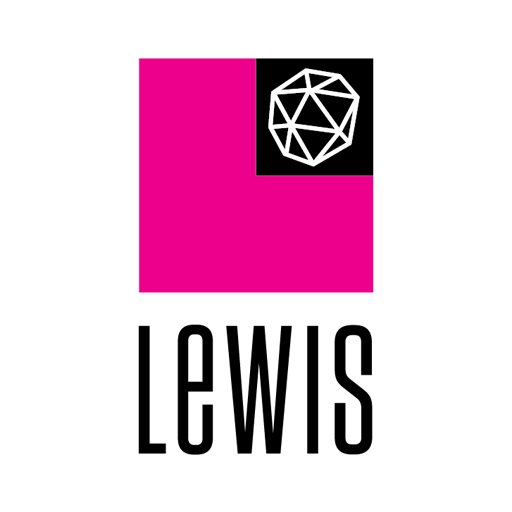LEWIS 31 Aug 2016 // 5:25PM GMT

As marketers, we all appreciate great design. As consumers, same story. In fact, as our study supports, we don't just admire great visuals, we engage with them more positively too.
By now you have hopefully taken a look at our global research on the topic. We interviewed marketing decision makers across the globe on their visual comms strategy in 2016. If you haven't read it in full, you can sign up for the report at the bottom of this post.
One aspect of the research that I personally found really interesting is the types of visual content that marketers are using. Naturally, our study found that marketers produce a wide variety of visual content. Top of those, unsurprisingly perhaps, is graphic design with 79% of votes.
So I decided to speak to some of our talented in-house designers here at LEWIS to get their take on the rise of visual content and trends to look out for.
Sarah Spaziano, Creative Director, in our Boston office, told me: "A picture is worth a thousand words right? This notion is becoming even more important in today’s fast-paced digital world. We only have a precious few seconds to convey meaning and importance to the end-user. By using graphics and visual communications, marketers should no longer feel restricted by the 140-character culture!"
This comments also tallies with our experiences on client campaigns - where image-rich content gets a staggering 94% more views than content without relevant images.
“visual communication will become more and more personal”
I really like Esther Honders', Creative Manager in our Netherlands team, take on where visual content needs to focus: "I think not only will campaigns and the way brands communicate be more visual, I also believe that the visual communication will become more and more personal. It is ok to show the employees of your company and it is ok to post pictures of your office on Instagram. That personal touch will emphasize the unique values of your brand and will make a stronger personal connection than stock photography and corporate tweets."
It's this personal approach that resonates with brand's ambitions to be authentic and real. The move away from stock to custom photography is one reflected in our findings, with almost half of respondents (41%) using their own images, rather than stock photography (at 35%).
“the most powerful way to say something is through colors and shapes”
Finally, a view from Singapore. Lily André, a Creative Manager in our APAC region told me: "With all the digital noise around us, it’s increasingly difficult to capture people’s attention. As a designer I believe that the most powerful way to say something is through colors and shapes."
It's this insight, into the connection between the actual use of design and marketing, that is really interesting. Just because something is visual does not mean it will be more successful, engaging or memorable (more on memorability and visual content from us next week!) Marketers need to allow designers to be creative and utilize their skills to get a reaction from the audience. This creative process cannot be too constrained by brand guidelines and corporate messaging. Visual content needs to work as a piece of "art" in its own right. Lily was kind enough to share with me some of her work to demonstrate her theory which you can see in this post. Thanks to Lily, and all our designers, for talking to me.
For the full research findings, and more reading on the topic of visual communications, head to: teamlewis.com/visualcomms.
By Sarah Wincott, Global Head of Marketing at LEWIS.


































.jpg)














